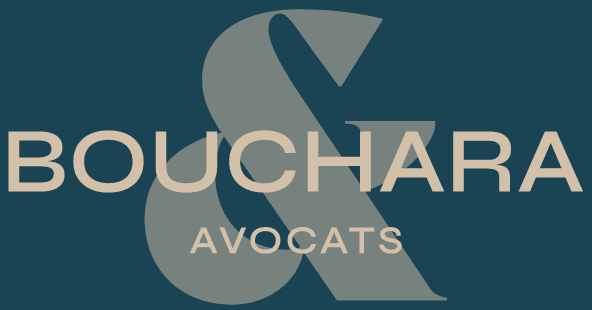IP Lexicon
Products and services
The purpose of registering a trademark is to protect and obtain a right to a name, a logo, a sound, or any other category of sign expressly listed by the Intellectual Property Code, for the product(s) and/or service(s) corresponding to the activity envisaged under this sign.
There is thus an administrative classification of product(s) and/or service(s), called the Nice Classification, which aims to categorize the potential activities of economic actors into classes.
The Nice Classification, which is an international classification, has 45 classes, the first 34 of which are for products and the last 11 for services.
Interest in identifying the products and services covered by the registration
In law, the product(s) and/or service(s) to be designated by the and which will be registered by the competent Office will thus frame the scope of the legal protection of the trademark: the trademark will constitute a title of The right to use a trademark is reserved to the owner of the intellectual property, which will however only be opposable to third parties who would register or use an identical or similar sign, for identical or similar product(s) and/or service(s).
This is the principle of trademark specialty.
Thus, in law, the filing of a trademark for products and/or services that do not correspond to the activity actually exploited under the sign concerned leads to :
- The unenforceability of your trademark against third parties who use a sign identical or similar to yours, for activities identical or similar to those that you operate but which are not correctly designated in your trademark registration;
- Risks regarding the use of your trademark, since you could potentially use a sign for products and/or services different from those covered by your registration.
However, after five years of registration, if each of the goods and/or services covered by your registration is not subject to serious and continuous use for more than five years, your trademark is likely to be revoked in whole or in part.
It is therefore recommended to be advised by a lawyer specialized in this field in order to be accompanied in the selection of the product(s) and/or service(s) to be targeted and, more particularly, in the drafting of a wording corresponding to the projected activity in the short, medium and long term.
Although the Nice Classification proposes a “basic” wording for each of the 45 classes (called “class headings”), this wording does not cover all the products and/or services likely to be covered by the class in question.
This assistance in the establishment of a wording is all the more necessary as once the trademark is registered, the applicant will not be able to extend the wording of the product(s) and/or service(s) designated by the trademark.
He will only be able to limit them, and thus limit the scope of protection of his trademark – any modification of the wording which would lead to extend, in any way whatsoever, the protection of the trademark will be refused by the Office and will have to be the subject of a new filing.
Consideration of products and services in the assessment of the risk of confusion
In any event, the establishment of a wording can sometimes be part of a real protection strategy, since the wording can sometimes be oriented and/or limited so as to limit the risks arising from prior rights that would have been identified during a prior art search.
Indeed, if a third party opposes the filing, registration and/or use of a trademark on the basis of an anteriority that it holds (trademark, company name, etc.), the existence of a risk of confusion will be assessed with regard to the similarities between the signs but also the similarities between the goods and services.
As an example, unless it benefits from a reputationIn the case of a trademark protected for “pens”, a trademark protected for “construction services”, for example, could not be validly opposed by its owner to a trademark, even if identical, because these goods and services would be likely to be considered different by the trademark offices.
On the other hand, the owner of a trademark protected for ” A “clothing ” mark in class 25 will be likely to be opposed to a later mark protected for “clothing”. services for the retail sale of clothing ” in Class 35, as these goods and services are considered similar due to their complementary nature (INPI, May 22, 2015, Opposition No. 14-5039).
The identification of the products and services to be protected is therefore an essential step, which deserves to be thought out and carried out upstream:
- By a trademark lawyer ;
- Following a prior art search to identify any prior rights of third parties.
The Bouchara firm assists you in particular in :
- The realization of prior art searches before any registration;
- The formalities for the registration of your trademarks, including the drafting of the wording of the classes of product(s) and/or service(s), the analysis of the distinctive character of the registered sign etc…);
- Opposition proceedings before the Offices(INPI for French trademarks, EUIPO for European Union trademarks, etc.);
- Setting up surveillance of your brands;
- The protection and defense of your distinctive signs in France and abroad in business life(nullity action, seizure for infringement, action for counterfeiting, action for unfair competition; action for revocation for failure to exploit or loss of
distinctive character
of the sign etc…).
